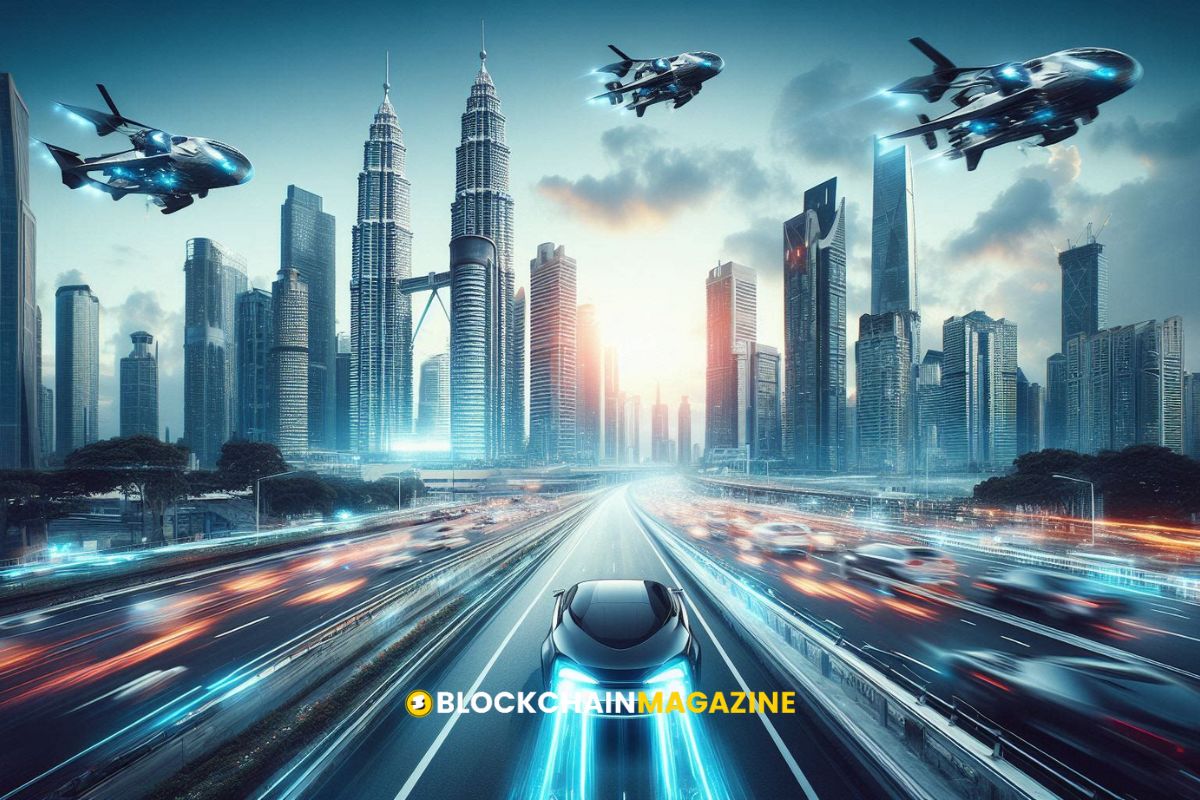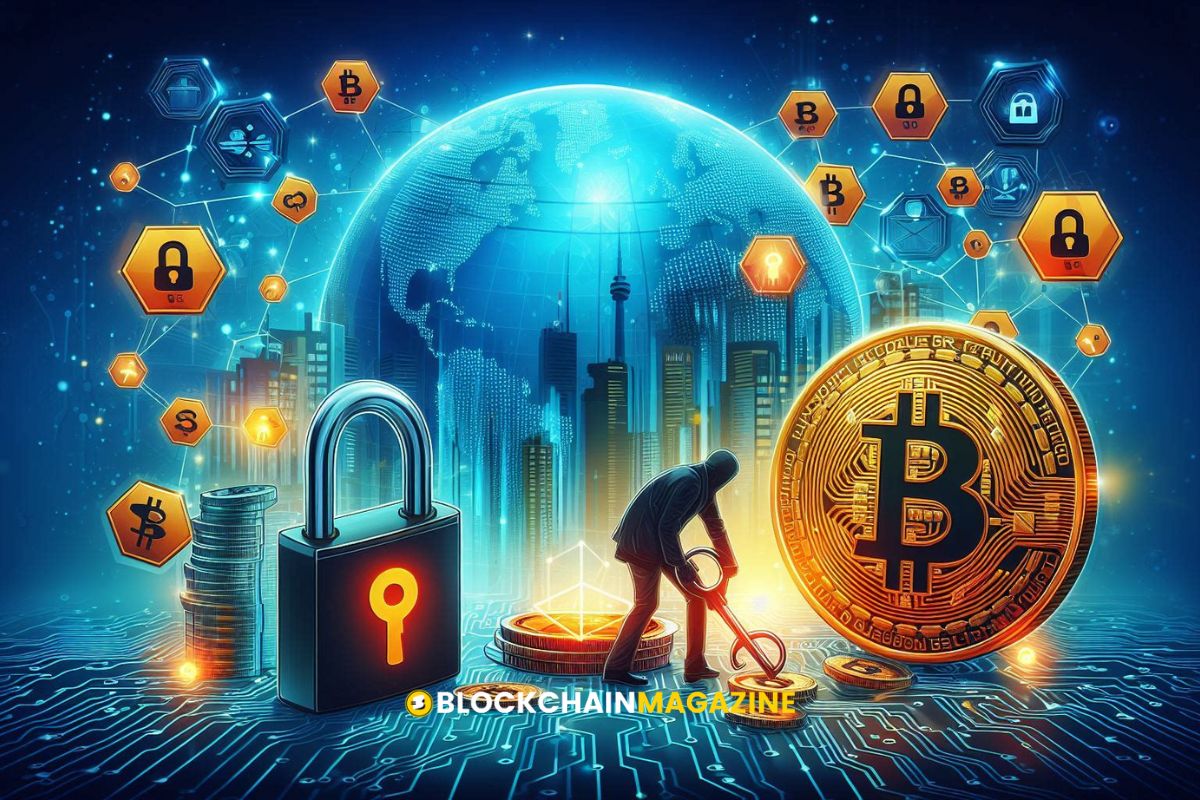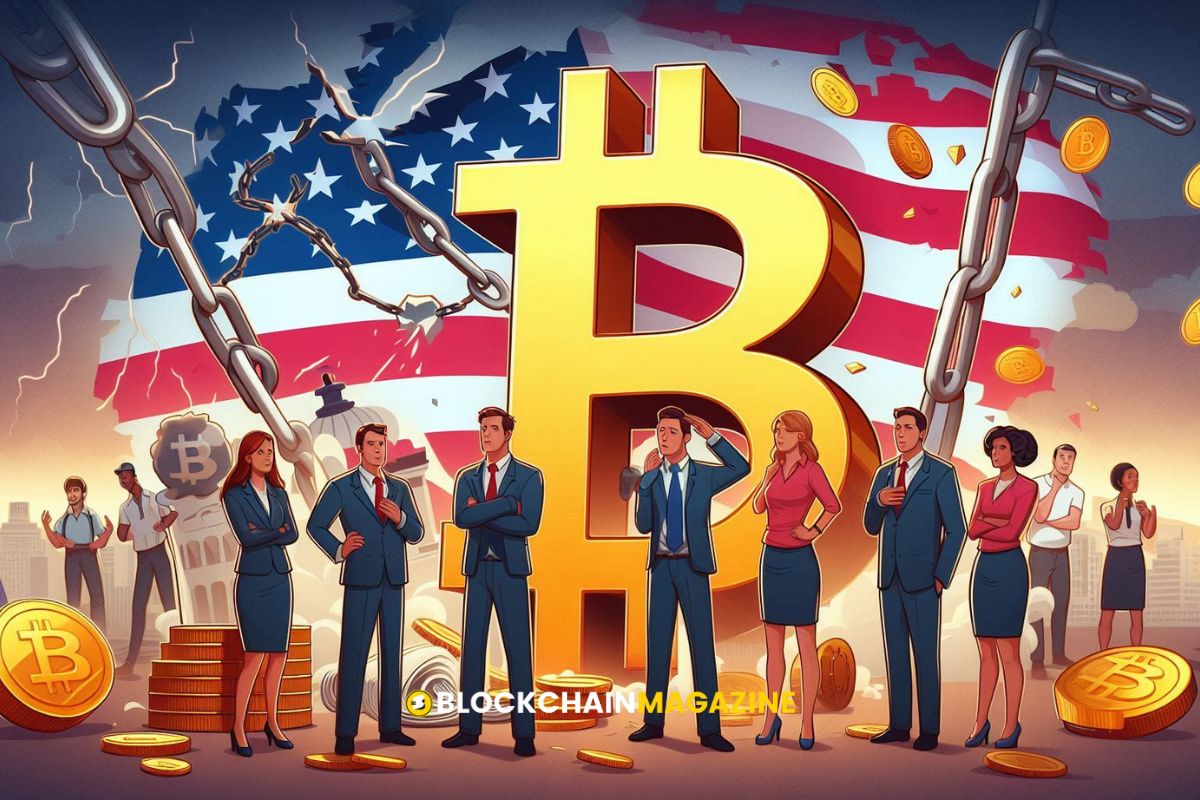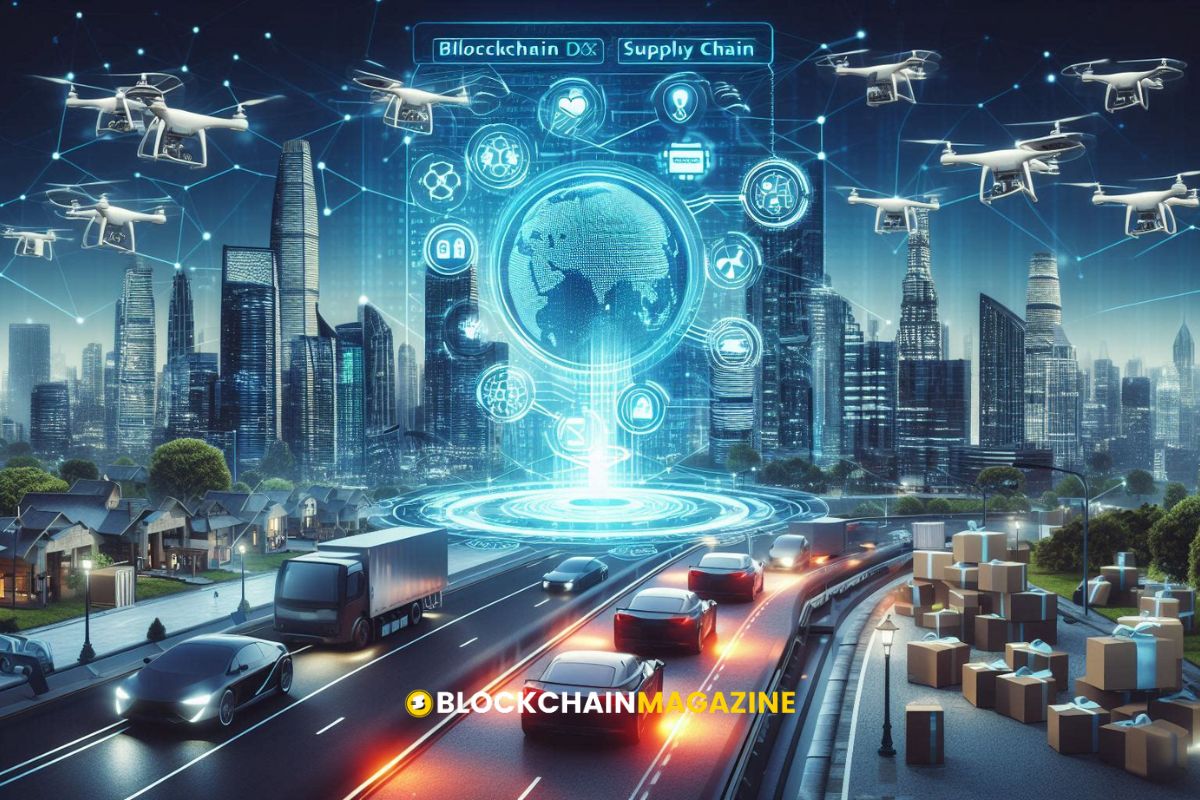Real World Assets (RWA) is the future, Anndy Lian
Tokenization, once a niche concept in digital assets, has rapidly gained traction in recent years, fueled by rising interest in bringing Real World Assets (RWAs) on-chain. RWAs can be anything from commodities (such as agricultural produce, energy, metals, and minerals), art and collectibles, or real estate and stocks. Tokenizing them — at their simplest — means representing them on-chain, being able to trace their lineage and their ownership, as well as trade them and take part in fractional ownership.
A Shift in Perception
If I look back to 2017/18, when I first started to talk to governments, they were all very skeptical. But now, with the rise of RWA tokenization, we’re witnessing widespread acceptance, and conversations are much more straightforward, particularly if you follow the traditional asset classification. This traction comes from many elements falling into place from a technology and a financial standpoint.
Also read: Vitalik Buterin Shares Insights on Zanzibar’s Potential for Growth and Innovation
‘Show Me The Money’
Many companies are tokenizing assets, and while I think that technology is 100% ready — and you can see big banks coming in — there’s one thing that is really missing. And that’s not just adoption. It’s “how can companies make money?” What is the actual revenue model?
It’s hard because — if we take tokenizing properties as an example — how will an exchange earn money? Exchanges can only earn money through different products or the number of transactions — but if you’re offering products like a securitized token or a property, you will not get that much trade on a day-to-day basis. So the way to earn that money is very tough.
There is also a huge liquidity problem. What makes us so sure that if we tokenize that property, someone from the crypto space is willing to pay for the token? So I think an issue here is how the revenue model can help sustain a company — maybe it is workable for the bigger banks or a large asset manager, but how are the smaller or medium players going to find a reason to buy in?
Right now, I don’t think that property is the best avenue, but maybe commodities are a good target. We need sustainable revenue streams and to not ignore liquidity issues, particularly in tokenizing assets like real estate.
Successes and Examples
But we are seeing some successes: Art tokenization offers a unique blend of digital and physical value, driving demand and creating new revenue streams. Successful art tokenization projects such as Oracle Red Bull Racing’s NFTs, and leveraging non-fungible tokens (NFTs) for ownership show the ways to unlock value in the digital art space.
Hype vs Utility of Tokenization
I still think that the whole tokenization sector is largely driven by hype. Still, a smaller percentage of people and companies will look at the technology at a deeper level — to look at how we can reduce fraud and increase the traceability element that the blockchain can offer. The other outstanding issues are standardization of asset classes and regulation — especially from country to country.
Navigating regulatory complexities is a significant challenge: Without clear guidelines and frameworks — it becomes arduous. I think tokenization also doesn’t accelerate as fast as we want because a huge percentage of people do not think that tokenizing will be that useful — if they think that the only goal is “tokenize a product”. People will think in terms of: “Will the property sell well, whether it’s tokenized or not?”
But I always go back to the basics — it’s about traceability, about reducing fraud. If you can use that as the use case (for property, deeds, and so forth) and make it easy to use, then tokenization can revolutionize financial transactions, making them faster, more cost-effective, and transparent.
Trust and the Blockchain
Trust is a fundamental aspect of any financial system. Blockchain technology, with its immutable and transparent nature, has the potential to bring trust, immutability, and integrity to transactions. Some other key things that need to be considered are:
- Interoperability is crucial for the widespread adoption of blockchain technology. We need seamless integration between different networks and protocols to unlock its full potential.
- Decentralization is one of the core principles of blockchain technology. It empowers individuals and reduces reliance on centralized authorities, promoting greater transparency and trust.
- Smart Contracts are a game-changer in the realm of decentralized finance (DeFi). They enable automated and trustless execution of agreements, reducing the need for intermediaries and streamlining processes.
The Bottom Line
If we get all of these things working in sync, I believe that tokenization has the potential to democratize access to investment opportunities, allowing individuals from diverse backgrounds to participate in previously inaccessible markets. It is not just financial systems; blockchain can empower individuals to take control of their personal data and privacy, mitigating risks associated with centralized data storage.
We’re at the early stages of understanding how blockchain and crypto can revolutionize various industries. From supply chain management to healthcare, the potential applications are vast. Education is key. Many people still view crypto with skepticism or fear due to misconceptions or a lack of understanding. We need to demystify the technology and showcase its potential to drive positive change.
Also read: A New Wealth Frontier with Blockchain and Real-World Assets
FAQs
- What are Real World Assets (RWAs) in tokenization?
- RWAs include commodities, art, collectibles, real estate, and stocks that are represented on the blockchain for traceable and tradable ownership.
- Why is liquidity a challenge in tokenizing assets?
- There is uncertainty about whether crypto investors are willing to buy tokenized real-world assets, which impacts how exchanges can generate revenue.
- What successes have we seen in art tokenization?
- Projects like Oracle Red Bull Racing’s NFTs have shown how digital and physical value can be combined to create demand and new revenue streams.
- How can tokenization reduce fraud?
- By providing traceable and immutable records of asset ownership and transactions, blockchain technology helps to reduce the risk of fraud.
- What role do smart contracts play in tokenization?
- Smart contracts enable automated and trustless execution of agreements, reducing the need for intermediaries and making processes more efficient.
Stay informed with daily updates from Blockchain Magazine on Google News. Click here to follow us and mark as favorite: [Blockchain Magazine on Google News].
Get Blockchain Insights In Inbox
Stay ahead of the curve with expert analysis and market updates.
latest from tech
Disclaimer: Any post shared by a third-party agency are sponsored and Blockchain Magazine has no views on any such posts. The views and opinions expressed in this post are those of the clients and do not necessarily reflect the official policy or position of Blockchain Magazine. The information provided in this post is for informational purposes only and should not be considered as financial, investment, or professional advice. Blockchain Magazine does not endorse or promote any specific products, services, or companies mentioned in this posts. Readers are encouraged to conduct their own research and consult with a qualified professional before making any financial decisions. The featured image used is just a creative depiction of the title and it does not intend to hurt sentiments of any person or institution. If it hurts anyone sentiments, please do not hesitate to reach out to Blockchain Magazine.

 Bitcoin
Bitcoin  Ethereum
Ethereum  XRP
XRP  Tether
Tether  Solana
Solana  USDC
USDC  Dogecoin
Dogecoin  Cardano
Cardano  Lido Staked Ether
Lido Staked Ether  TRON
TRON  Wrapped Bitcoin
Wrapped Bitcoin  Chainlink
Chainlink  Wrapped stETH
Wrapped stETH  Avalanche
Avalanche  Sui
Sui  Stellar
Stellar  Litecoin
Litecoin  Toncoin
Toncoin  Shiba Inu
Shiba Inu  Hedera
Hedera  LEO Token
LEO Token  USDS
USDS  Hyperliquid
Hyperliquid  Polkadot
Polkadot  WETH
WETH  MANTRA
MANTRA  Bitcoin Cash
Bitcoin Cash  Bitget Token
Bitget Token  Ethena USDe
Ethena USDe  Wrapped eETH
Wrapped eETH  Uniswap
Uniswap  Monero
Monero  NEAR Protocol
NEAR Protocol  Pepe
Pepe  WhiteBIT Coin
WhiteBIT Coin  Ondo
Ondo  Aave
Aave  Bittensor
Bittensor  Aptos
Aptos  Dai
Dai  Internet Computer
Internet Computer  Official Trump
Official Trump  Mantle
Mantle  Ethereum Classic
Ethereum Classic  OKB
OKB  Tokenize Xchange
Tokenize Xchange  Gate
Gate  sUSDS
sUSDS  Coinbase Wrapped BTC
Coinbase Wrapped BTC 




